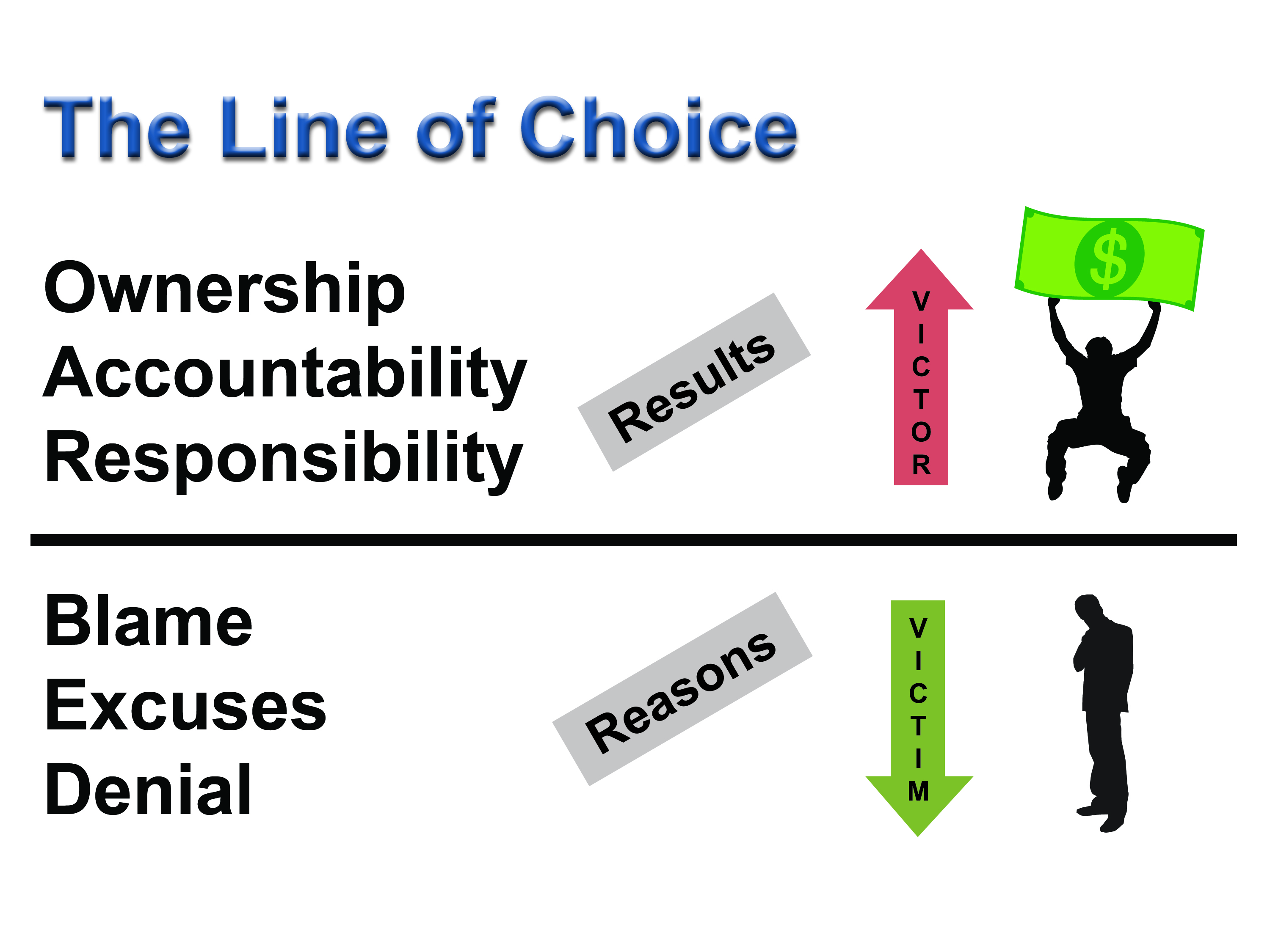How to Become an A Player
Do you want to be a top performer?
Of course you do.
Most of us want to play at the top of our game. And we want to recruit the best possible players to help us achieve our goals.
That’s the focus of Rick Crossland’s work. Rick is an author, speaker, and consultant. His nearly three decades of experience developing, recruiting, and leading high performers is evident in every chapter of his new book, The A Player: The Definitive Playbook and Guide for Employees and Leaders Who Want to Play and Perform at the Highest Level.
The Qualities of an A Player
What qualities make an A Player immediately stand out?
Some qualities that immediately stand out for an A Player are as follows: accountability for results and integrity. Pay attention to the meetings you are in over the next week and notice how many employees and managers make excuses for missing goals, or do not take ownership or accountability for solving a problem. This is why the characteristics of A Players are so important. The A Players are also scrupulous in their integrity. Many people say one thing and then never follow through (or worse yet, tell a lie). A Players, on the other hand, have integrity— they consider someone not following through on their commitment as dishonest behavior.
Don’t Blame or Make Excuses
I love your “line of choice” image. When a leader sees someone falling into the trap of blaming and making excuses, what does she do to get the player back on track?
In our cultures everyone is trained on The Line of Choice. They’ll politely call out their teammate and ask, “Isn’t that comment below the line?” or “What does an above-the-line response look like?” Or they’ll use the ABC vernacular and ask, “What would an A Player say?” or “That sounds a lot like B Player talk to me.”

How to Motivate an A Player
What motivates an A Player?
One thing great about A Players is the leader does not have to motivate them. In fact, they are self-motivated. A Players truly work for passion. They find purpose in the process itself. They are not coin operated. They focus on satisfying customers, making better products, and you know what? The money follows! In fact it flows much more freely than if they had focused on the money.
Ethics Matter
Throughout the book, you reference ethics, morals, and character. You also talk about leaders with some big personal failings. Why do so many people fall into these traps? How do you guard against it?
So many people fall into poor ethics and moral character for a few reasons. One is that their environment lets them get away with it. I’d recommend you put your antenna up this week and see how many times people in your organization tell and get away with white lies or half-truths. Odds are you will be startled by what you find. Now the question is, are you holding them accountable to clean up their act? The other root cause is that people suffer from hubris. Many folks just don’t think the rules apply to them, or they think they won’t get caught.
The way to guard against weak ethical and moral character is to build a culture where there is transparency to our actions. Societal ethics are becoming more blurred by the day. Make the adage by Aldo Leopold, “Ethical behavior is doing the right thing when no one else is watching- even when doing the wrong thing is legal,” part of your culture’s DNA. Build your systems so someone is watching and holding others accountable. Finally, the leader sets the tone for the ethical mores of your organization. Part ways with leaders with shaky ethics.
Wow Your Customers
You say that “the only sustainable competitive advantage is to consistently WOW! your customers.” What makes a wow experience?
A wow experience is WOW! Think about the products and experiences that you say, “WOW!” to. What makes a “WOW!” experience is a service or product so good that you tell others about it. It takes tremendous employees to create a “WOW!” experience. WOW! creates a price premium and customer loyalty, which creates financial returns, which enables you to compensate and retain these A Players
You have a chapter on gratitude. Do A Players have it first or does the gratitude come as a result of consistently playing the A game? How do you develop gratitude?
A sense of gratitude comes from the culture an employee was brought up in, or the culture that you train them in. Shortly stated, someone who does not have gratitude for what they have now will not have gratitude for what they have in the future. Do not under any circumstances hire ungrateful people. They will destroy your culture. The most successful people know where they came from and are grateful for the opportunities and kindness that have been afforded them and do not take it for granted. Remember a bad day in the First World is a great day in the Third World.
What mistakes are the most common for A Players?
Well, to start out with, A Players typically make fewer mistakes because they are more focused. Hey, we all make mistakes. What I can tell you is when A Players make mistakes, they own up to them while B and C Players try to deflect their mistakes or blame others.
Thinking about it, perhaps the biggest mistake an A Player makes is thinking that everyone else on their team to start with is an A Player as well. They can get pretty demoralized if the B and C Players around them don’t have great attitudes and work ethics like they do. Fortunately A Players tend to have high emotional intelligence and can usually coach up these underperformers.
You’re a Scout leader. What do you want the next generation to know about winning?
That it’s not supposed to be easy. Winning is hard work and takes not only a tremendous amount of practice but also a lot of set-backs. It’s a cliché to say, “I failed,” a lot, but the truth is none of us like failure, rejection, or setbacks, but the reality is that the most successful people face more of these on a daily basis than less successful people. The more successful people are just more resilient—embrace the grind!
Why don’t more companies do this?
I think there are two main reasons: The first is that it’s unconventional wisdom. Convention thinking is you need an average distribution of employees, and for the As you get, you get even more Bs, and you need to put up with the inevitable Cs. In an A Player culture, we build an All Star team. It totally works and is fair to everybody.
The other reason more companies don’t do this is it requires the leader to be an A Player him or herself. Many weak leaders can be fearful of an A Player culture because they will be exposed. This kind of high performing culture requires candor and coaching that can make a weaker leader uncomfortable.
The great news is that both of these factors can be addressed. The book The A Player makes it easy for a leader to roll out an A Player culture by having the leader and team read and apply the principles together.
There is a famous 2003 HBR article “Let’s hear it for the B Players.” In that article HBR claims you need B Players. In The A Player, you vehemently advocate for A Players only. Why not B Players?
We don’t want our planes piloted by a B Player pilot. We don’t want our surgeries performed by B Player surgeons. The work we do in our organizations is critical as well, so there is not room for B or C Player performance anywhere.
Everyone has the right to be an A Player somewhere. It may not be at their current organization.
Those that advocate for B Players miss the definition of an A Player. A Players are not necessary only the employees on meteoric climbs to the top. They are also not A personality types.
An A Player is an employee in the top 10% of his or her profession and a person who you would enthusiastically rehire. These folks can actually be appropriately placed at their current level of the organization and not seeking any further promotions. They simply provide a Wow! contribution day in and day out.
What do leaders need to do differently to manage A Players
In many cases, leaders need to increase their leadership quotient to manage A Player. These high performing employees are just like a high performing automobile. In exchange for their high performance, they will challenge you more and require that you up your skill set and pay more attention to them. You need to be very clear what lane you are in and don’t change your mind too much or a collision will ensure.
Create an A Player Culture
What does an A Player culture look and feel like?
An A Player culture looks and feels like the great place to work that it is. It’s a place where people have great attitudes and produce great results. It’s a place where great employees crave to be in the presence of other high performers. It’s also a place where goals are set and beat, and then success is celebrated as a team.
How do you actually implement an A Player culture at an organization?
It starts with a pledge that everyone on the team is committed to be an A Player. A Player performance is then defined for the organization in four specific ways:
- Understanding and holding people accountable to the lead measures that drive success.
- Outlining and sharing the financial measures that create abundance for the business and the team.
- Defining what A Player performance looks like for each and every position.
- Specifying the attitudes and behaviors of an A Player.
The A Player has three chapters dedicated to financial acumen. Why do you place such emphasis on the financials?
Actually for quite a few reasons! It is very hard to play any sport well and not keep score. The same is true with business. The financials are the “score” of the business. Once you start keeping score, business becomes even more interesting and exciting. In most businesses, people are sequestered from the profit numbers for the most part. Also, in many cases, they are not taught the lead measures or drivers that move the needle in a positive way.
When people get line of sight to the financials and understand that a business needs healthy returns to grow, they get excited about how to contribute and add to the score. As I like to say, “Financial results fund all of the things employees want.”
For more information, see: The A Player: The Definitive Playbook and Guide for Employees and Leaders Who Want to Play and Perform at the Highest Level

